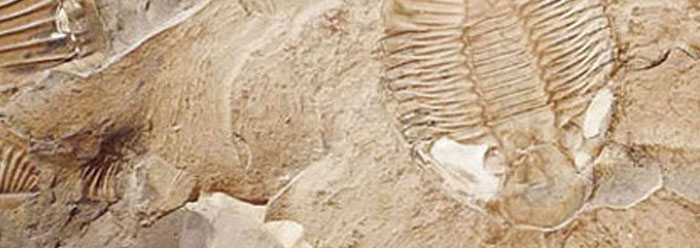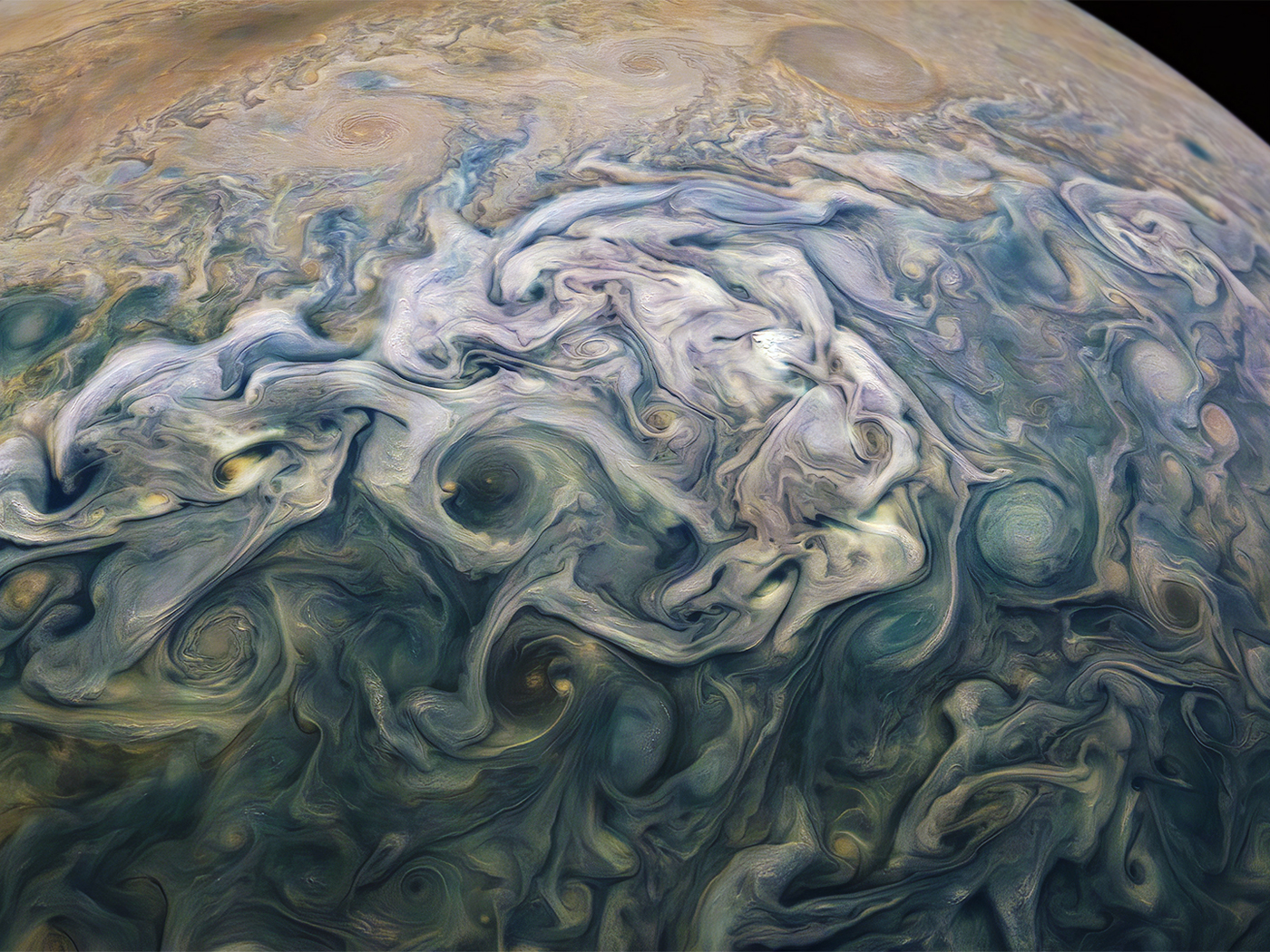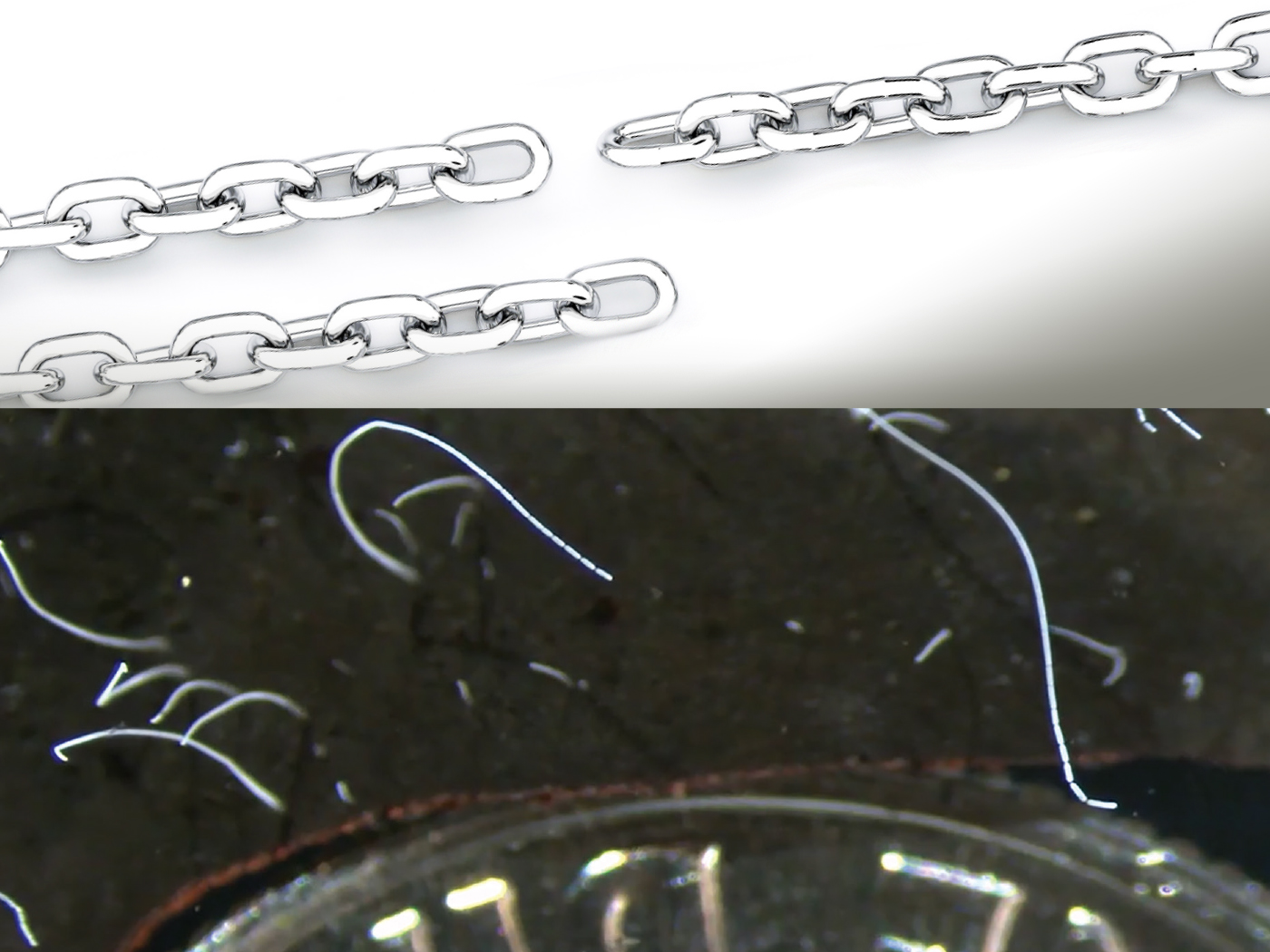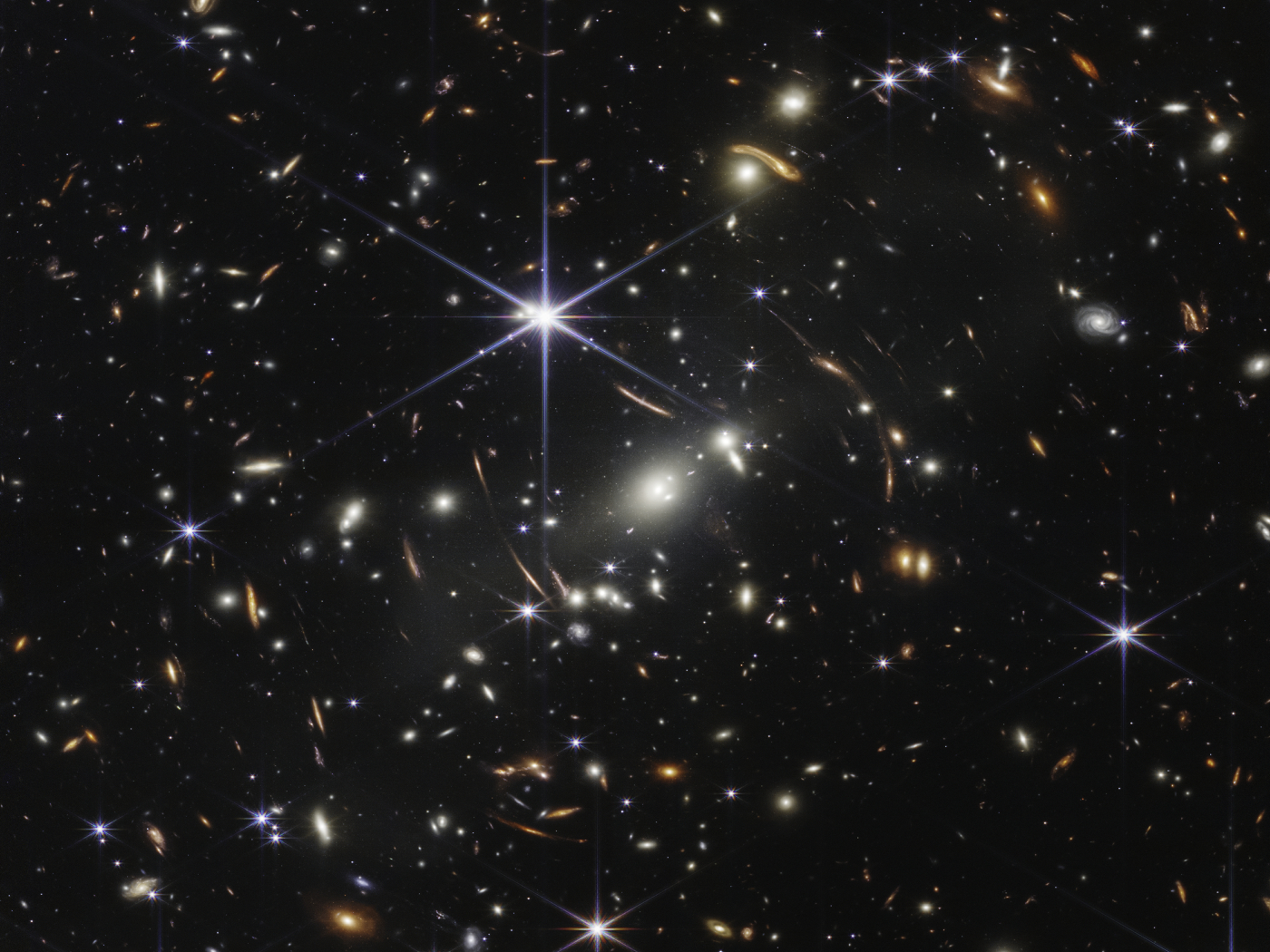If evolution is correct, the first life was quite simple, evolving more complexity over time. Yet the Cambrian Explosion of Life has revealed life's complexity from the start, giving evolution a black eye. The vast array of complex life that appears in the lowest (or oldest) stratigraphic layer of rock, with no apparent ancestors, goes hard against evolutionary dogma. Evolution's desperate attempt to fill this gap with more simple ancestral fossils has added more injury.
In 1940, fossils of amazing clarity and diversity were found in Canada's Burgess Shale. The extremely fine-grained shale preserved intricate details of previously unknown invertebrates. Does this find contribute to understanding invertebrate evolution as it is claimed to have occurred? The deposit did unveil numerous new fossil types, including exotic species of phyla already known and perhaps even several new phyla (basic body styles) too, but none were primitive in any sense, nor ancestral to any other type. What it certainly did not do was reveal any of the transitional forms so desperately needed.
This Burgess Shale is in the middle Cambrian, only slightly "after," or stratigraphically above, that representing the Cambrian Explosion. As a practical result, there are now even more basic types in the lowest layers than had been known before, adding to the number of phyla that must be accounted for, none of which have known ancestors.
Think of the magnitude of this problem from an evolutionary perspective. Many and varied forms of complex multi-celled life suddenly sprang into existence without any trace of less complex predecessors. There are numerous single-celled forms at lower stratigraphic levels, but these offer scant help in solving the mystery. Not one basic type or phyla of marine invertebrate is supported by an ancestral line between single-celled life and the participants in the Cambrian Explosion, nor are the basic phyla related to one another. How did evolution ever get started?
Let's suppose you want to find the forefathers of the clams, a prominent resident of the Cambrian Explosion, for instance. As you follow the fossil clues into ever "older" strata, what do you find? You find clams. The first or lowest occurrence of clams is abrupt or sudden. There are no ancestors that are not clams. An evolutionary lineage is impossible to discern, for clams have always been clams. Fossil clams are quite abundant, found all over the world in rocks of every age, and clams live today. Great variety among them abounds, but they are still clams. Variety does not speak to ancestry. The same is true of all animals found in the Cambrian Explosion. How can evolutionary scientists use the fossils as evidence of a common descent of all life?
Certainly if the transitional forms had been found, they would be paraded for all to see. Supported by such overwhelming evidence of relatedness between life's current forms and their less complex ancestors, there would be much less controversy about the fact of evolution. But there is no such evidence. Evolution suffers from the lack of supporting data, making it impossible to determine the origin of any basic group.
The creation model predicts that no ancestral forms will ever be found, for they never existed. Each basic body plan was created, without any evolutionary lineages, directly from the mind of the Creator, a fact amply supported by the data. The data show exactly what they should show if creation is true.
Transitional fossils have never been found as predicted by evolution. From all we can tell, transitional missing links are imaginary, necessary only to support the evolutionary model. Perhaps evolution itself is imaginary.
* Dr. Morris is President of the Institute for Creation Research.
Cite this article: Morris, J. 2008. The Burgess Shale and Complex Life. Acts & Facts. 37 (10): 13.


















